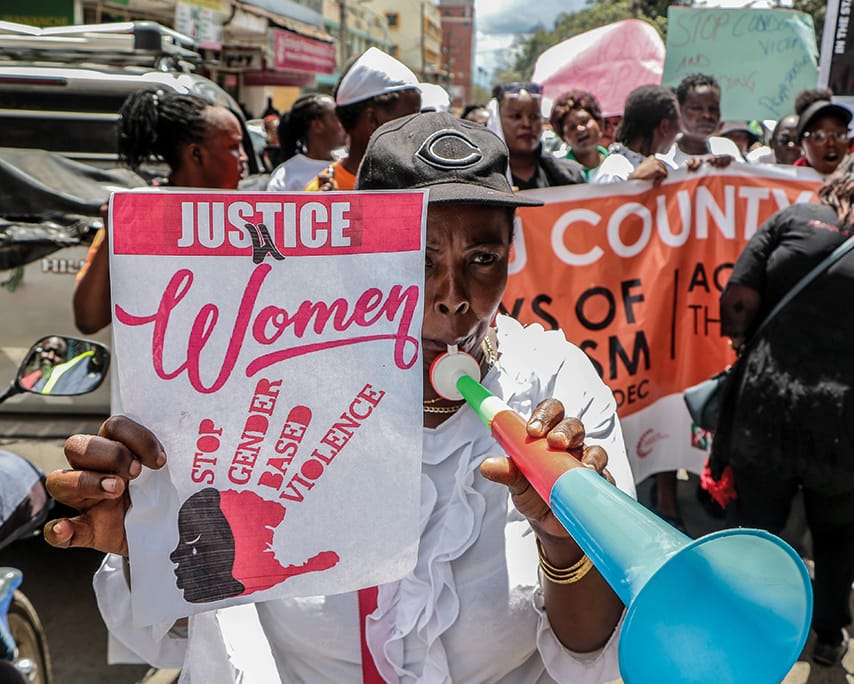Leveraging social media advocacy to combat violence against women and drive change
Organisations have the opportunity to use the power and reach they have gained through social media to help stop violence against women and encourage lasting change in people’s attitudes and behaviours. This newfound influence has been made possible by the growing ability of organisations to connect with large audiences through social media platforms, where advocacy for causes like women’s rights can spread quickly. Organisations use this power not only to raise awareness but also to inspire real, positive changes in how people think and act regarding violence against women.
The rise of social media has transformed the way society addresses critical issues, including violence against women. Through platforms like Twitter, Facebook, Instagram, and TikTok, micro and macro-organisations have a unique opportunity to amplify their voices, raise awareness, and drive meaningful change. Today, this platform offers an unprecedented level of reach and speed. Messages that would have taken weeks or months to spread through traditional media now travel globally within hours. This power is harnessed by movements which have sparked global conversations about sexual harassment and gender-based violence. These movements show how effectively social media can unite voices, mobilise support, and hold perpetrators and institutions accountable.
Beyond its reach, social media creates opportunities for real-time engagement and community-building. Your organisation can directly interact with its audience, answer questions, provide resources, and create a supportive environment for those affected by violence. The transparency provided by social media also holds governments and corporations accountable, making it a powerful tool in advocating for policy reforms.
How, then, can organisations leverage social media advocacy effectively? Your organisations can now use these platforms to educate the public about the prevalence and signs of violence against women, as well as the legal rights of victims. This content can be shared in various formats, including infographics, articles, and video clips. Collaborating with experts, survivors, and influencers ensures the message is credible and impactful. Another essential step would be to build a collaborative campaign online. By partnering with other organisations, influencers, and activists, groups can create a united front to tackle the issue. Online campaigns, such as virtual marches or hashtag movements, have rallied people to take action, whether donating to causes, signing petitions, or raising awareness through posts and shares. Equally important is the amplification of survivor voices. Social media provides a platform for survivors to share their stories, helping to break the silence around abuse. This must be done ethically, respecting the privacy and dignity of the individuals sharing their experiences while fostering an environment where others feel safe to come forward.
For social media advocacy to have a lasting impact, it must drive behavioural change. One key goal is to challenge societal attitudes that perpetuate violence against women. Through content that challenges toxic masculinity, victim-blaming, and harmful stereotypes, organisations can reshape how people think about gender-based violence. Video content, survivor stories, and data can all be used to challenge misconceptions and shift public attitudes toward greater empathy and respect for women. It is also critical to engage men and boys in the conversation. Promoting positive masculinity and encouraging men to take an active role in advocating for gender equality creates a situation where everyone is part of the solution.
As the digital revolution continues, social media is increasingly becoming an essential tool in the fight against violence toward women. Individuals and organisations must leverage their power to raise awareness, amplify survivor voices, and promote behavioural change to create a safer world for women.



